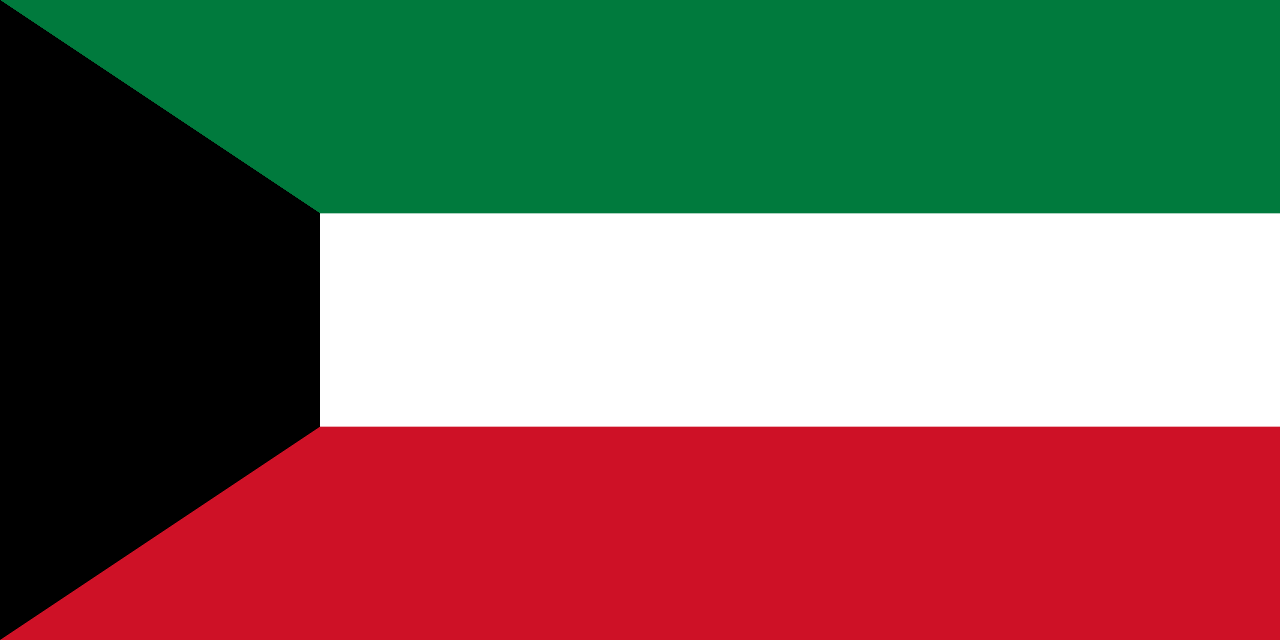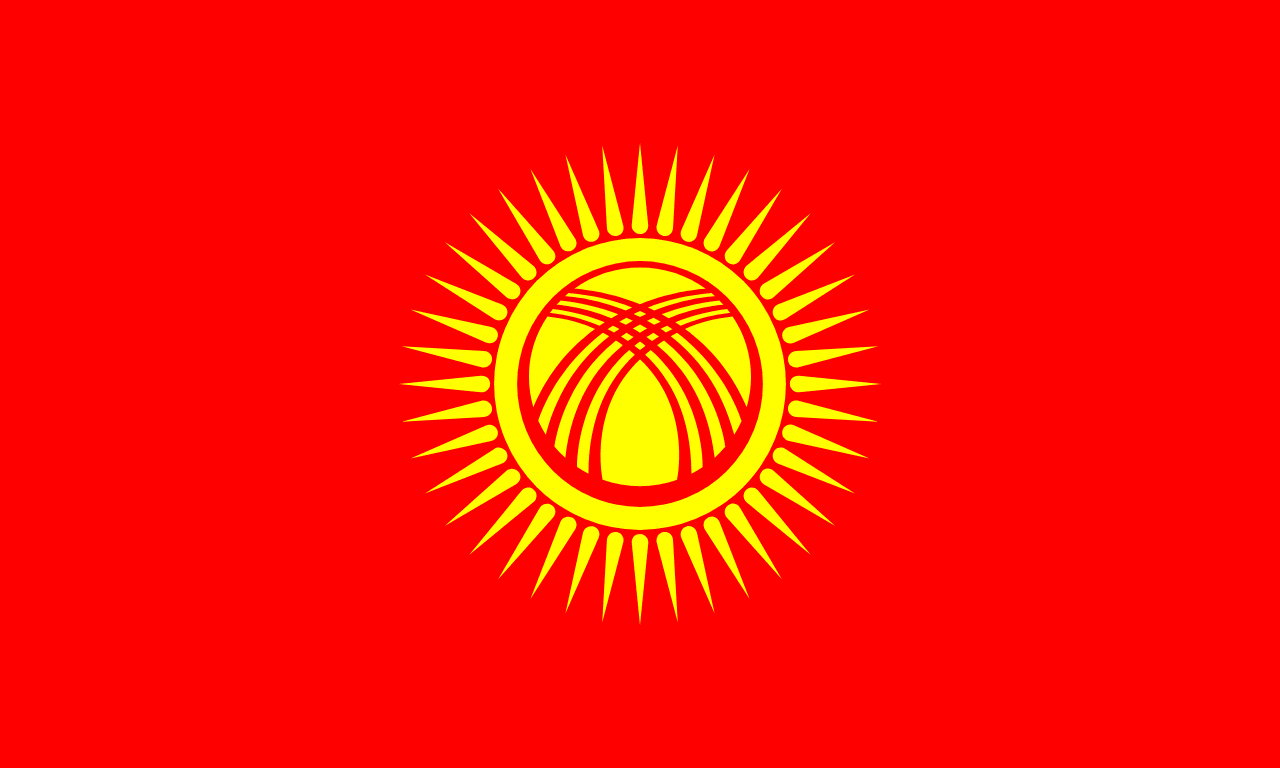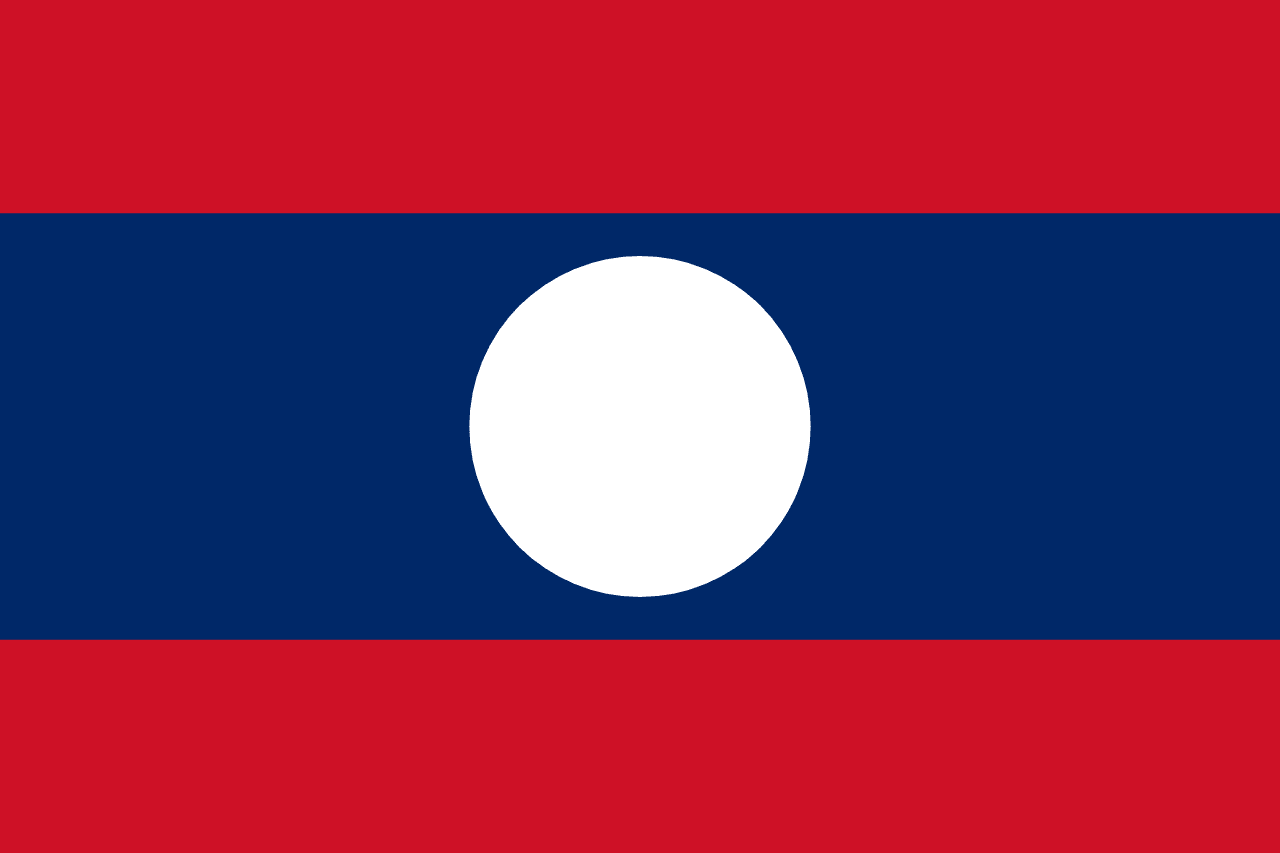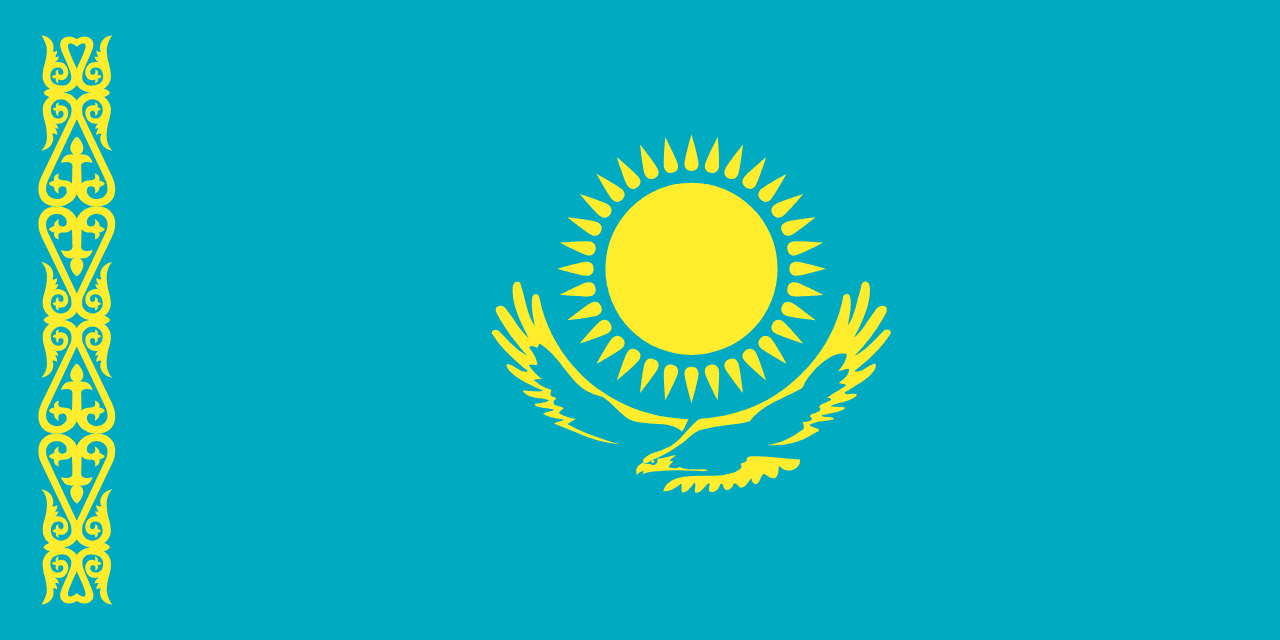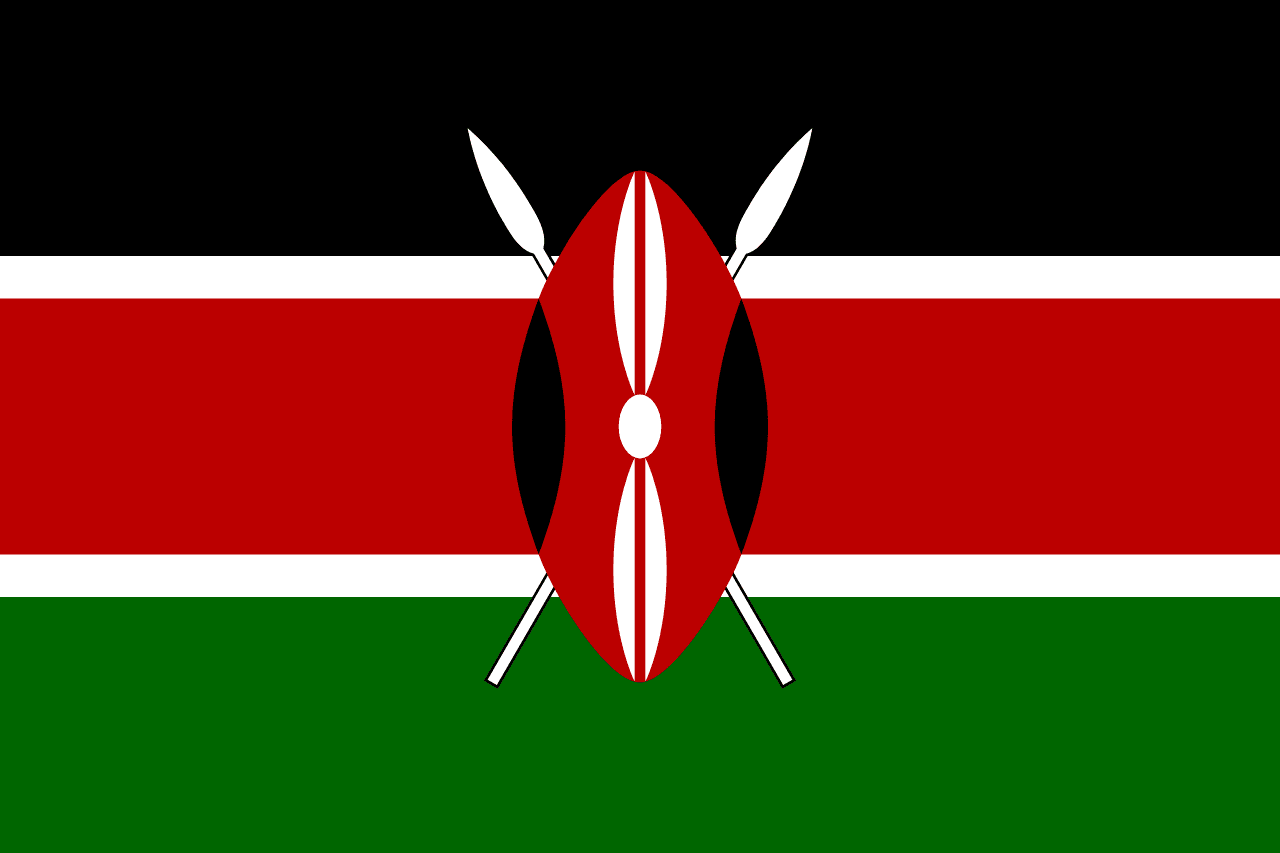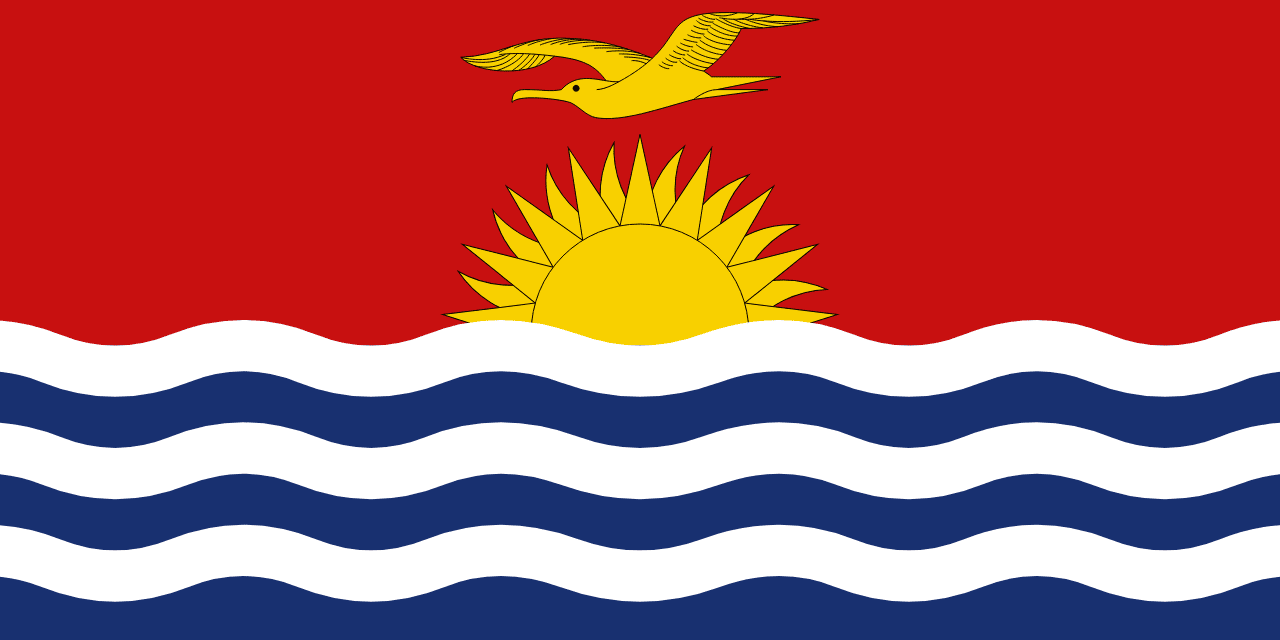The flag of Kosovo features a blue field with a golden map of Kosovo at the center, surrounded by six white, five-pointed stars arranged in an arc above it. This distinctive design encapsulates Kosovo's aspirations for independence, unity, and its place in Europe.
Kosovo information
| National Flag Day | February 17 |
| Sovereign state | Yes |
| Official name | Republic of Kosovo |
| Capital | Pristina |
| Population | 1,794,438 |
| Area | 10,908 km² |
| Currency | Euro (€) (EUR) |
| Language | Albanian, Serbian |
| Continent | Europe |
| Region | Balkans |
| Subregion | Southeastern Europe |
| Borders | Albania, Montenegro, North Macedonia, Serbia |
| Timezone | Central European Time (CET) UTC+1 |
| Calling code | +383 |
| Top-level domain | .rs (currently used), .xk (planned) |
History of the Kosovo flag
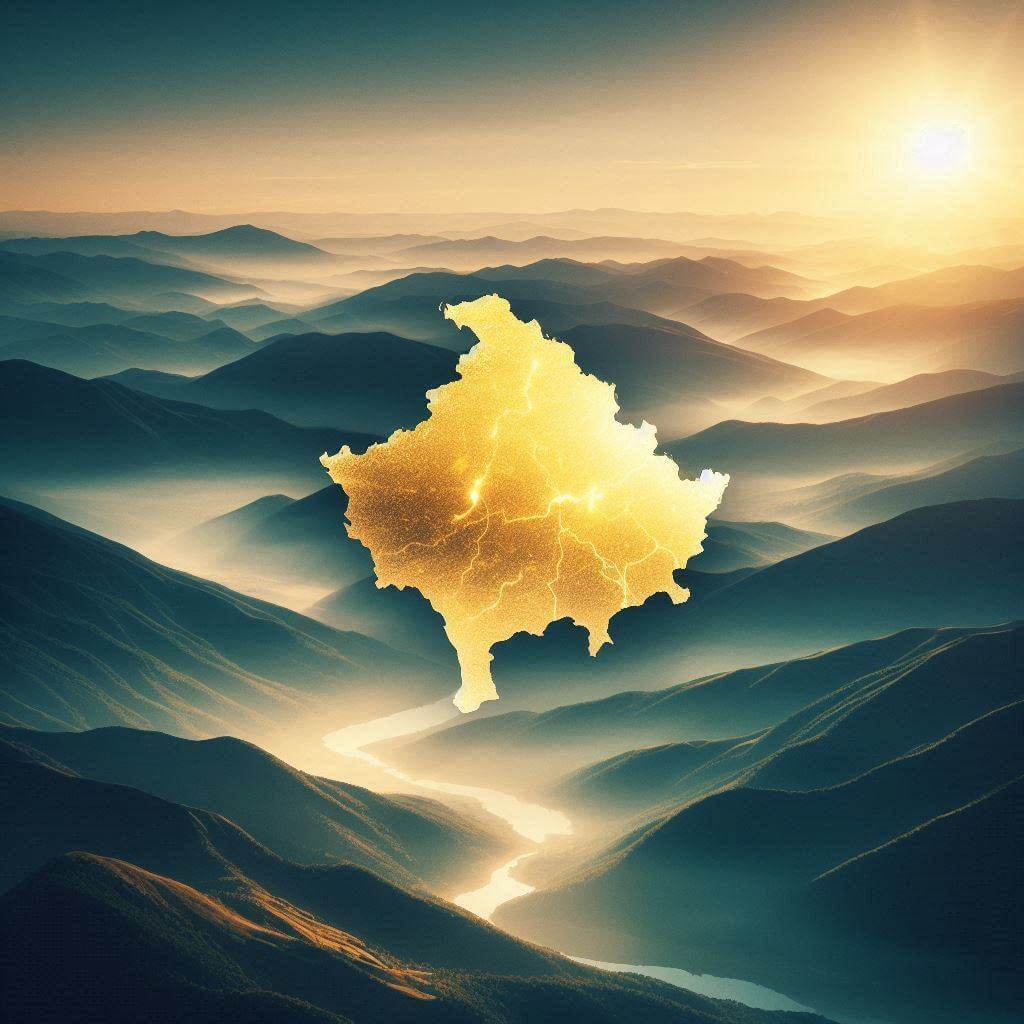 The current flag of Kosovo was officially adopted on February 17, 2008, the same day Kosovo declared independence from Serbia. The flag's design was the result of an international competition organized by the United Nations-backed Kosovo Unity Team. It was chosen to represent all of Kosovo's ethnic communities and to avoid symbols associated with any particular group. The design by Muhamer Ibrahimi was selected from over 993 entries, aiming to create a neutral symbol that could unite all Kosovars.
The current flag of Kosovo was officially adopted on February 17, 2008, the same day Kosovo declared independence from Serbia. The flag's design was the result of an international competition organized by the United Nations-backed Kosovo Unity Team. It was chosen to represent all of Kosovo's ethnic communities and to avoid symbols associated with any particular group. The design by Muhamer Ibrahimi was selected from over 993 entries, aiming to create a neutral symbol that could unite all Kosovars.
Symbolism and design of the Kosovo flag
Each element of the Kosovo flag carries significant symbolism. The blue background represents Kosovo's aspirations for Euro-Atlantic integration and its peaceful future. The golden map of Kosovo symbolizes the country's territory and sovereignty, emphasizing its integrity as a nation. The six white stars arranged in an arc above the map represent Kosovo's six major ethnic groups: Albanians, Serbs, Turks, Gorani, Roma, and Bosniaks. These stars also echo the design of the European Union flag, reflecting Kosovo's European aspirations. The stars' arrangement in an arc symbolizes Kosovo as a bridge between communities and cultures.
Usage and significance of the Kosovo flag
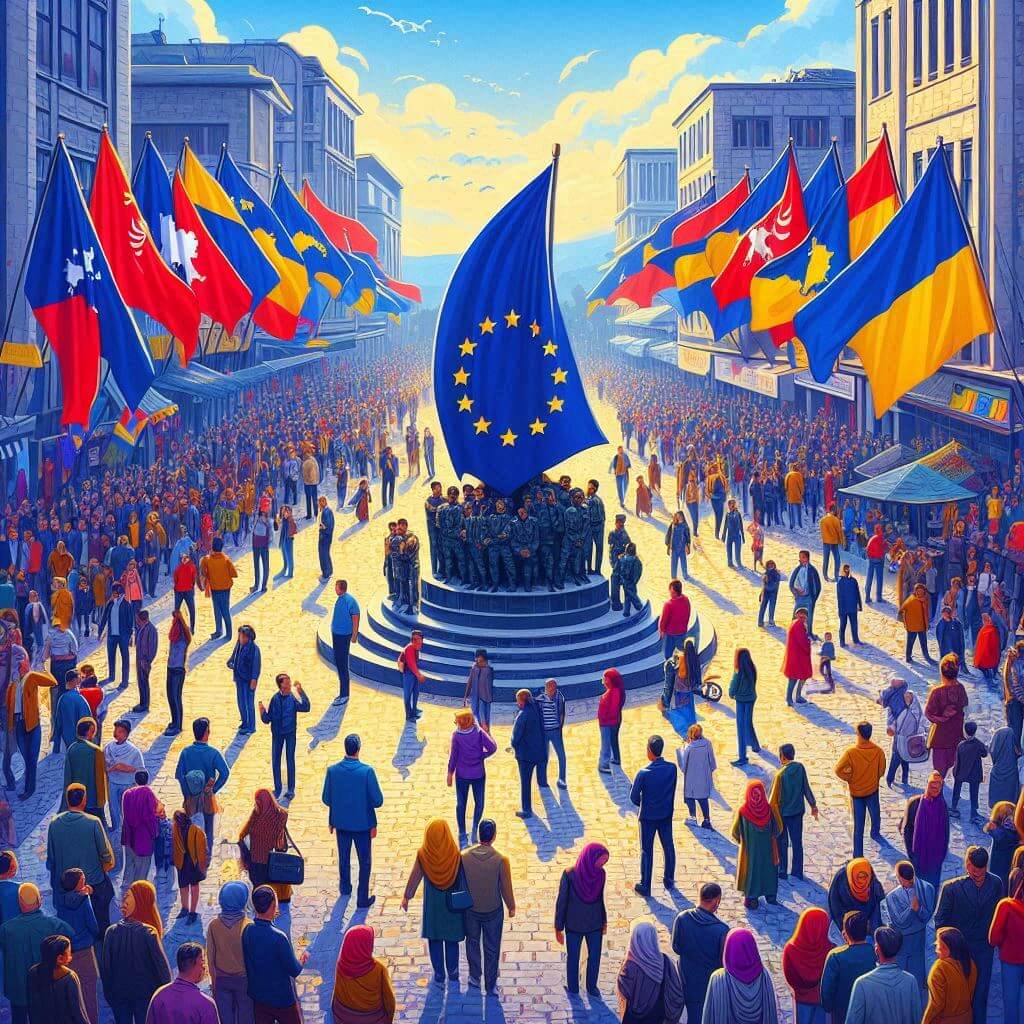 The Kosovo flag serves as a powerful symbol of national identity, unity, and independence. It is prominently displayed during official ceremonies, national holidays such as Independence Day on February 17, and at government buildings. The flag plays a crucial role in representing Kosovo in international forums and diplomatic events, despite the ongoing challenges related to its international recognition. Its design, intentionally neutral and inclusive, aims to foster a sense of unity among Kosovo's diverse population and represent the country's aspirations for a peaceful, multiethnic future.
The Kosovo flag serves as a powerful symbol of national identity, unity, and independence. It is prominently displayed during official ceremonies, national holidays such as Independence Day on February 17, and at government buildings. The flag plays a crucial role in representing Kosovo in international forums and diplomatic events, despite the ongoing challenges related to its international recognition. Its design, intentionally neutral and inclusive, aims to foster a sense of unity among Kosovo's diverse population and represent the country's aspirations for a peaceful, multiethnic future.
Interesting facts about the Kosovo flag
- Kosovo's flag is one of the newest national flags in the world, having been adopted in 2008.
- The flag was designed to be politically neutral, avoiding traditional Albanian or Serbian symbols to represent all of Kosovo's communities.
- The specific shade of blue used in the flag is often referred to as "Kosovo Blue" and is similar to the blue used in the United Nations flag.
- Prior to the adoption of the current flag, various unofficial flags were used, including the Albanian flag and the flag of the United Nations Mission in Kosovo (UNMIK).
- The Kosovo flag's design has been both praised for its inclusivity and criticized by some groups who feel it doesn't adequately represent their heritage.
